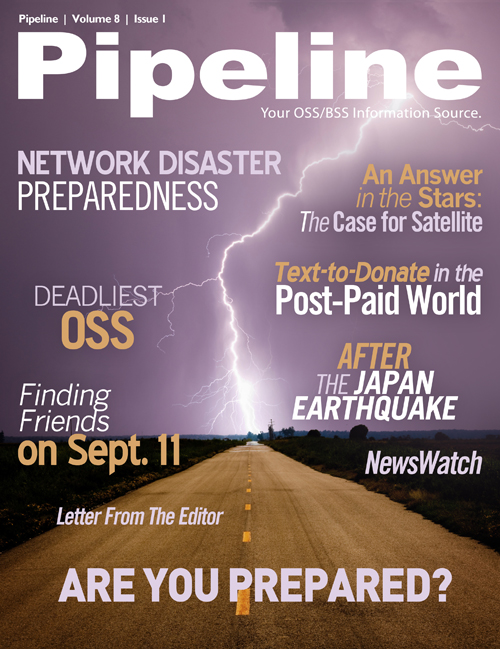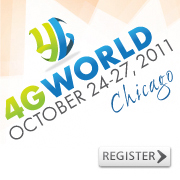Later, maybe days, maybe weeks, I really can’t remember, I found out that a dozen or so people had been in the office when the first of the two towers collapsed. Our office building caught fire. One brave man, whose name I’m now struggling to recall but who I remember being Irish, smart, and tough led our officemates through the chaos on Liberty Street. Most people have seen the post-apocalyptic photos of fire trucks parked in a row, caked in dust, and covered in debris. Many have seen the video of men and women throwing themselves from the windows of the Trade Center to escape the fires. That brave colleague – G-d forgive me for forgetting his name – led our teammates through that carnage to safety. The people that made the run from the office that day experienced horrors I refuse to recount. But James was not among them.
When I finally heard from him, I think it was by email. He was alive and unharmed, at least physically. He’d arrived at Tower One early and was just exiting the subway when the first plane struck. Everyone was ordered to evacuate. When the second aircraft careened into the towers, he was amidst a crowd at Broadway and Fulton Street. The collision happened right over his head. He had to sprint to avoid falling debris, he told me. The rest, he said, was a blur. Thousands of people walked uptown or to Brooklyn. Everyone was confused, afraid, and at a loss for what to do. Covered in soot, horrified by what he’d seen, James walked north for hours all the way to his apartment at 88th street; nearly six miles. I didn’t know what to feel about what he’d told me; I was simply relieved to know that he was safe and alive.


During the next few weeks, life in lower Manhattan was bizarre. No automobile traffic, other than emergency vehicles, was allowed below 14th street. There were police and military checkpoints at 14th too and I remember showing my ID to someone, maybe a soldier, maybe a cop, in order to walk home. But I have no idea why I was north of 14th during that time. I spent most evenings with a small group of friends, trying to decipher what had happened. One night I rode a pedal bike down the double yellow line in the middle of Broadway thinking I’d never have another chance to do that. But most nights we visited the memorials that grew every day in Washington Square Park, and elsewhere; hundreds of candles flickering before signs and photos, calling out for the people who were lost. So many of them were young people, like me, with whom I’d traveled to work by subway every morning, resenting the fact that too many of us were trying to occupy the same crowded space at the same time. I wanted them back.
Soon, the phones began working again. Friends called to check on me. One came all the way from San Diego as soon as he could get a flight. I vaguely remember a heated conversation about how the U.S. should respond to the attack and being taken to dinner at Peter Luger’s steakhouse in Williamsburg, Brooklyn. But my memories of the next six months are hazy at best. Every so often someone tells me a story of something we did together and of which I have absolutely no recollection. It is almost always from that period of time. All I really remember from September 11th, aside from the obvious, was watching the list of friends and colleagues who were safe grow in an instant messenger window and receiving an email late at night letting me know that one who could easily have been lost was still alive.








